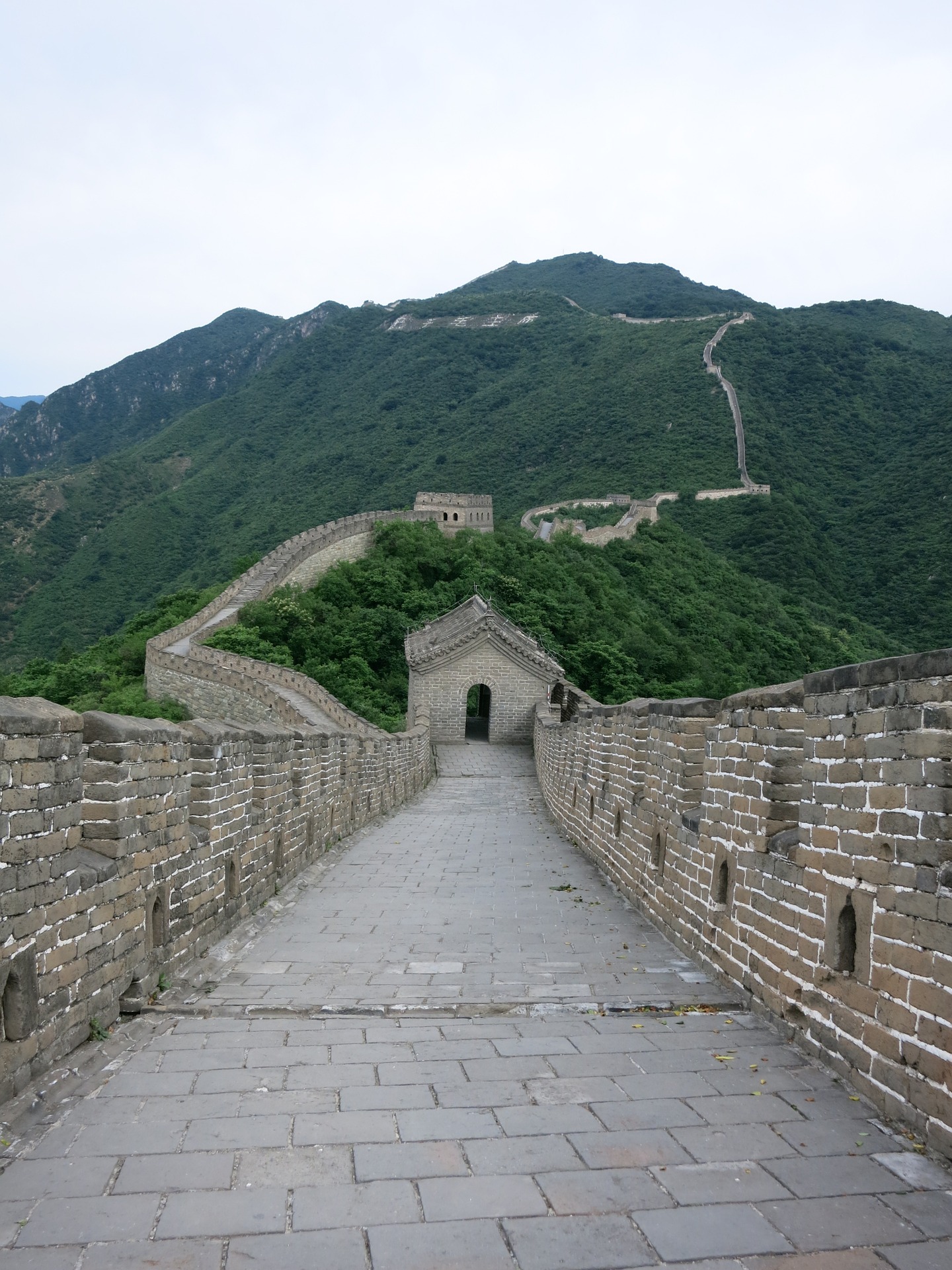
Have you ever heard of the Global Village? Nope, it’s not a new hipster bar. You’re living in it.
The concept refers to the effects of time-space compression brought about a faster, better integrated transport system and telecommunications infrastructure, which has allowed the world to be considered as a single community.
Jargon aside, the Global Village is essentially the ability to Skype your mates in Australia or Whatsapp your Japanese buddies in real time. We take it for granted, but it’s pretty cool, right?
McLuhan was ahead of his time. The Canadian-born philosopher coined the term in the 1960s, which was only about twenty years after the first computer was made. The technology at the time was… Well, not the best. And social media? Had Mark Zuckerberg’s parents even met?
About fifty years on the Global Village is thriving, and the pace of connectivity continues to increase. There is no question about whether we are generally better connected – mobile phone technology, faster internet speeds, and other technological developments are evidence of this. But this connectivity is uneven.
For Western Millennials social media is so well integrated into everyday life that most could recite Facebook facts and Instagram information in their sleep. Ask them about social networks in the People’s Republic of China (PRC), however? Most would know very little.
This Western-centric view could give the impression that social media isn’t a big deal in the PRC, which couldn’t be further from the truth. This is simply a separate but hugely popular and powerful hub of communication.
It might be restricted in terms of internet access to some of the sites we know and love, but China has its own social media sites that are similar to our most popular networks like Facebook and YouTube. So, what do you need to know?
(1) Sina Weibo – Otherwise known as the “Twitter of China” this social media network has a market penetration similar to Twitter in the United States and twice the number of users. In the same way that Western celebrities connect with fans via Twitter, Chinese celebrities use ‘Weibo’ (meaning ‘microblog’) to connect with their respective audiences
(2) Tencent Weibo – This platform is very similar to Sina Weibo in terms of functionality and user demographics. Tencent Weibo allows users to share media within a 140 character limit, and has a reposting function similar to Twitter.
(3) Renren – This started out as a platform for re-connecting friends for school and caters predominantly for university age users. The platform, which was formerly known as Xiaonei (meaning ‘schoolyard’), has around 31 million active users per month.
(4) QQ – This is an abbreviation of Tencent QQ, a popular instant messaging service. The site has around 800 million active users.
(5) Diandian – Known as the ‘Tumblr of China’ – it looks, behaves, and feels very much like Tumblr – this site has gained over 5 million users since 2010.
This is by no means a comprehensive list – there are many popular networks with numbers of active users that far outstrip those of Facebook, Twitter, and other popular Western social media sites. What this does demonstrate, however, is the global power of social media.
Georgina Hawkins, Community Manager.
